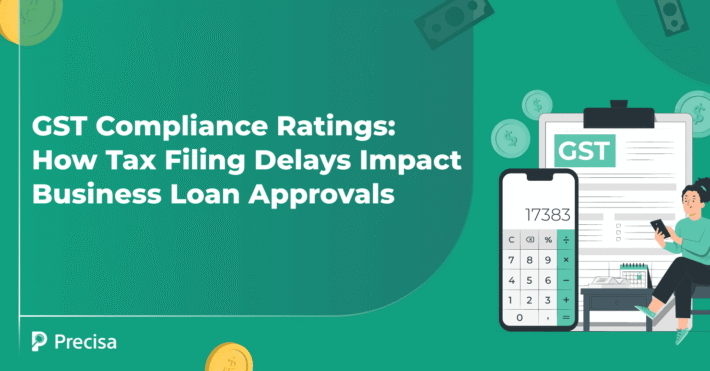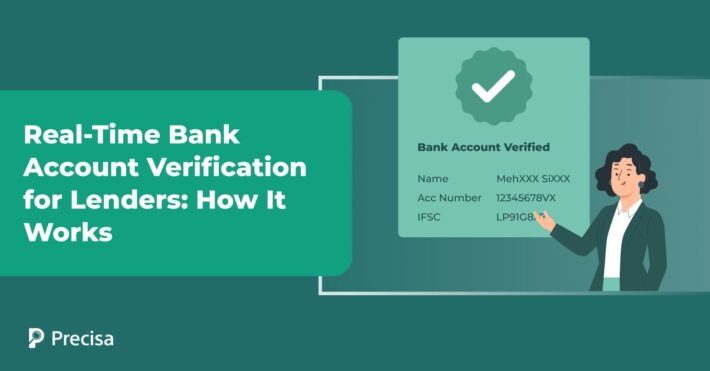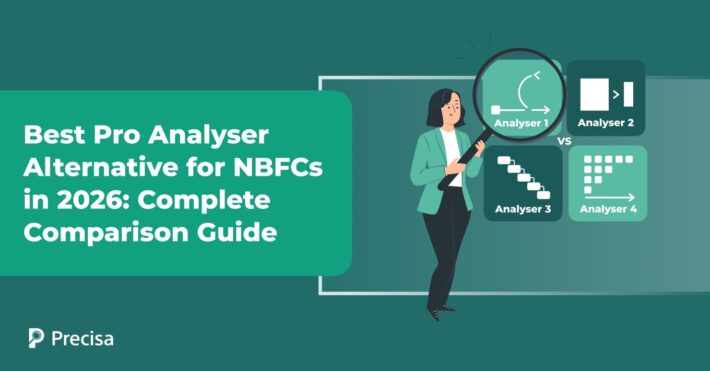Proactive vs. Reactive Debt Recovery Strategies: Finding the Right Balance
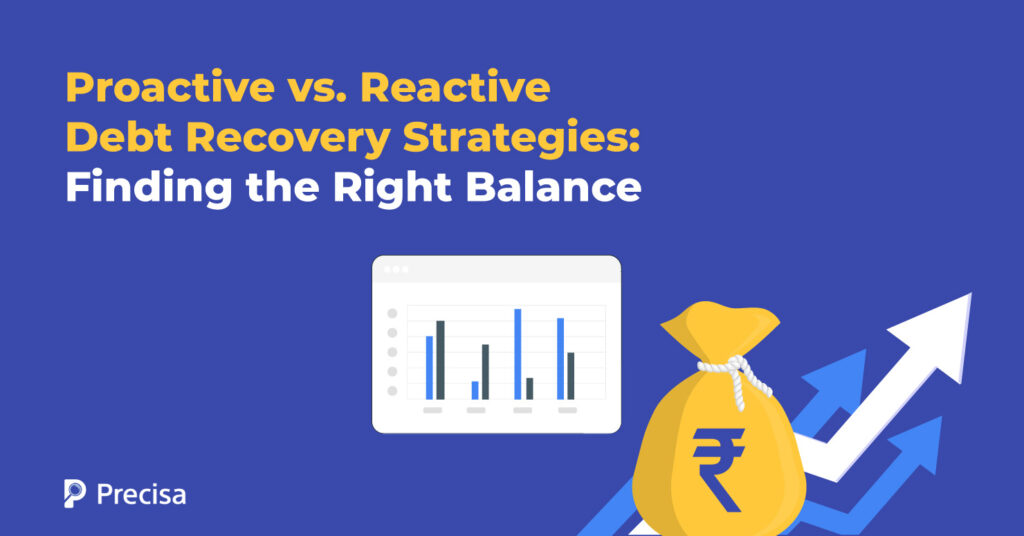
One of the top risks in lending is the inability of borrowers to repay loans on time and in full. Hence, debt recovery is one of the most important aspects of the lending life cycle. However, traditional debt recovery methods tend to be more reactive. For example, lenders may outsource this role to external agencies, which may not adopt a data-driven methodology to recover debt.
The inability to efficiently and successfully recover debt can result in the growth of Non-Performing Assets (NPAs), reduced revenues, and increased debt recovery costs. Forward-thinking lenders can adopt tech-enabled debt recovery strategies that are result-oriented and customer-friendly.
In this blog post, we outline how the adoption of six debt recovery strategies by lenders can help them transform this function, boost customer retention, and reduce costs.
What are Debt Recovery Strategies?
Debt recovery strategies refer to a structured, data-driven, automated approach to recovering debt from borrowers who are unable to make Equated Monthly Installments (EMI) payments according to their schedules.
The reasons for not making payments on time and in full vary from borrower to borrower. For instance, a borrower may lose their job or face a health set-up. On the other hand, a business borrower may struggle with cash flow issues due to a market crisis beyond their control.
Traditionally, lenders were forced to be more reactive in the debt recovery process due to a lack of access to real-time data and debt recovery strategies.
With the adoption of AI-powered loan management software, lenders can leverage a single, unified interface to consolidate and execute proactive debt recovery strategies. They can nurture strong customer relationships while expediting the debt recovery process.
6 Proactive Debt Recovery Strategies
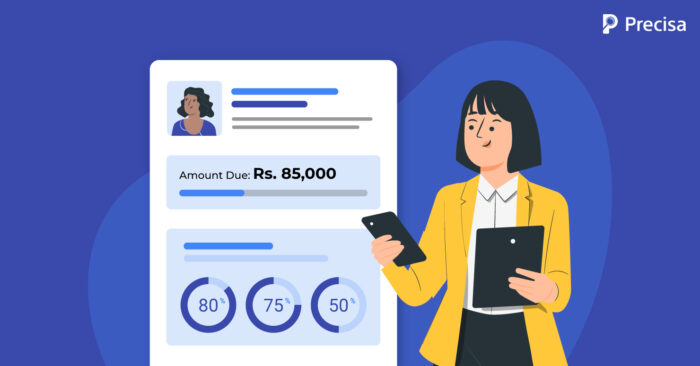
We deconstruct how lenders can transform debt recovery operations and make the shift from reactive to proactive debt recovery strategies:
Automated Updation of Real-time Data
One of the top challenges faced by lenders today is the lack of real-time data on borrowers. Without comprehensive data, lenders tend to take a cookie-cutter approach to closing debt recovery gaps.
For instance, a borrower may change their contact details and mode of payment. They may stop making payments according to their EMI schedules and pay later and in smaller amounts.
With the help of superior lending lifecycle management software, lenders can automate the data updation process. They can ensure that borrower data is up-to-date, which gives way to a data-driven debt recovery decisions.
Continuous Monitoring of EMI Payments
Traditionally, lenders tend to take notice of payment delinquencies only when the situation escalates. Borrowers may suddenly find themselves inundated with ad hoc calls and follow-ups by multiple agents.
A superior lending management solution comes with an in-built Management Information System (MIS), which is a sophisticated reporting tool. Lenders can stay informed 24/7 through detailed reports and instantly address any gaps in EMI payments.
Allocate Debt Recovery Cases Early On
When lenders become aware of delinquency cases, they tend to randomly allocate debt recovery agents. They may even assign cases to external agencies. However, this approach can antagonise borrowers rather than expedite the loan recovery process.
Instead, lenders can leverage technology to follow a rule-based system of case allocation, wherein cases are allocated to agents with relevant expertise according to loan ticket size, geography, product, and complexity of the case.
Agents can update details in the system and access updated case information at a glance for future follow-ups.
Automated Generation of Calling & Follow-Up Lists
Traditional systems rely too heavily on agent follow-ups to get loan repayments on track. This approach puts too much burden on individual agents, making the process highly dependent on human resources.
By leveraging technology, agents can use their skills more strategically.
They can use communication tools such as automated follow-up lists, auto-generated calling of borrowers, and instant access to the borrower’s case history. These tools help expedite the follow-up process, making it more efficient and outcome-driven.
Customised Repayment Plans
Borrowers may no longer be able to keep pace with their existing EMI payment plans due to unexpected cash flow challenges. Traditional collections processes are rigid, placing all the onus on borrowers to pay according to existing plans. This outdated approach is unsustainable and leads to a growing number of NPAs.
Instead, lenders can take proactive measures such as readjusting EMI repayment plans to expedite payments. For instance, they can alter the terms of the plan. They can waive penalties, and adjust interest rates.
Lending management software enables transaction addition by agents and quick approvals on such requests. The use of technology eliminates the need for extensive paperwork while offering borrowers quick resolutions.
Ensure Seamless Payments
Borrowers may find the payment process confusing and non inclusive. They may miss out on payment dates. By making the process borrower-friendly, lenders can nudge borrowers to pay on time.
They can offer a full spectrum of payment options—from internet banking and debit cards to credit cards and UPI apps. The adoption of superior lending management software helps lenders automate the generation of payment links. Lenders have the power to pay according to their mode of choice. The software also sends reminders and enables automatic payments.
Benefits of Tech-enabled Debt Recovery Strategies
A snapshot of the top benefits of combining technology and proactive debt recovery strategies for lenders:
- A shift towards customer-centric processes, which enables higher customer retention
- Lenders can access real-time data anytime from anywhere. They can make data-driven decisions to expedite debt recovery
- A shift from manual interventions to automation. Thus businesses can function with lean teams and optimise debt recovery operations.
- Businesses can cut costs and drive revenues, which translates to higher ROI for debt recovery operations.
Key Takeaways
By leveraging tech-enabled debt recovery strategies, lenders can streamline their efforts, offer customised solutions, and recover debt much faster. They can transform the culture of debt recovery, making it data-driven and customer-friendly.
By doing so they can retain customers, and grow their Customer Lifetime Value (CLV). They can bring great efficiency, run on lean teams, cut costs, and drive revenues.
Presica’s comprehensive and seamless bank statement analysis solution simplifies and speeds up the process through automation. The software provides actionable insights on a customisable dashboard, thus helping companies make informed business decisions and minimise room for errors.
Request a free demo today!

